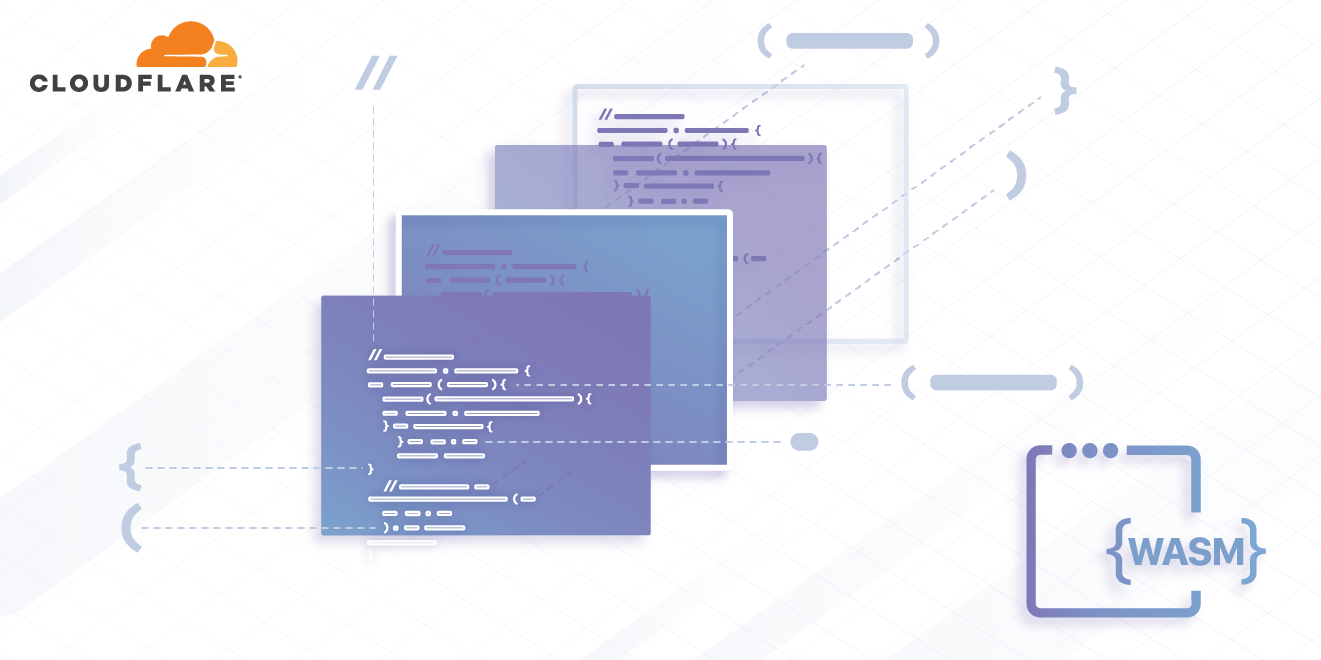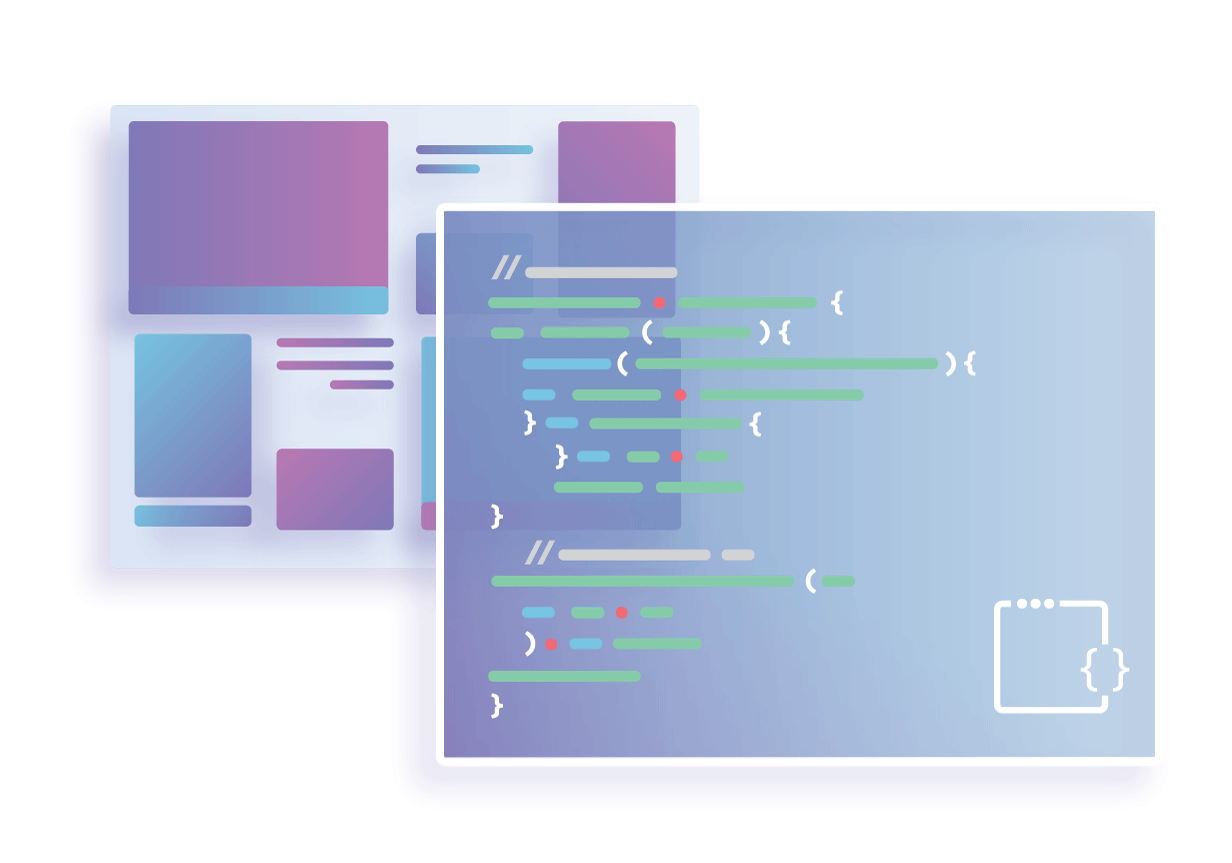Oracle Top Cloud Exec Thomas Kurian Resigns
 Kurian's resignation comes less than a month after he announced that he was taking “extended time off” from Oracle.
Kurian's resignation comes less than a month after he announced that he was taking “extended time off” from Oracle.
Free to code
This week at the Cloudflare Internet Summit I have the honour of sitting down and talking with Sophie Wilson. She designed the very first ARM processor instruction set in the mid-1980s and was part of the small team that built the foundations for the mobile world we live in: if you are reading this on a mobile device, like a phone or tablet, it almost certainly has an ARM processor in it.
But, despite the amazing success of ARM, it’s not the processor that I think of when I think of Sophie Wilson. It’s the BBC Micro, the first computer I ever owned. And it’s the computer on which Wilson and others created ARM despite it having just an 8-bit 6502 processor and 32k of RAM.
Luckily, I still own that machine and recently plugged it into a TV set and turned it on to make sure it was still working 36 years on (you can read about that one time blue smoke came out of it and my repair). I wanted to experience once more the machine Sophie Wilson helped to design. One vital component of that machine was BBC BASIC, stored in a ROM chip on Continue reading
WebAssembly on Cloudflare Workers


We just announced ten major new products and initiatives over Crypto Week and Birthday Week, but our work is never finished. We're continuously upgrading our existing products with new functionality.
Today, we're extending Cloudflare Workers with support for WebAssembly. All Workers customers can now augment their applications with WASM at no additional cost.
What is WebAssembly?
WebAssembly -- often abbreviated as "WASM" -- is a technology that extends the web platform to support compiled languages like C, C++, Rust, Go, and more. These languages can be compiled to a special WASM binary format and then loaded in a browser.
WASM code is securely sandboxed, just like JavaScript. But, because it is based on compiled lower-level languages, it can be much faster for certain kinds of resource-intensive tasks where JavaScript is not a good fit. In addition to performance benefits, WASM allows you to reuse existing code written in languages other than JavaScript.
What are Workers?

For those that don't know: Cloudflare Workers lets you deploy "serverless" JavaScript code directly to our 153-and-growing datacenters. Your Worker handles your site's HTTP traffic directly at the location closest to your end user, allowing you to achieve lower latency and reduce serving costs. Continue reading
Gender Equality: A Mouse Click Away

This post reflects arguments made in a joint background paper published by the Internet Society and the Association for Progressive Communications (APC) ahead of the G20 Women’s Group (W20) Summit in Argentina 1-3 October.
In our digital age, Internet literacy has become essential for, if not synonymous with, being employable in many fields. Information and communications technologies (ICTs) fuel business growth and countries’ economic development. They open new channels to communicate across great distances, as well as to organise people, raise awareness and spur activism.
But such promise can deepen existing inequalities offline if these technologies cannot be accessed and enjoyed by all.
Today, many women and girls are getting left behind in digital development. While in low- and middle-income countries, the gap between women’s use and that of men is 26%, in least developed countries (LDCs), women are 33% less likely than men to use the Internet.
In some cases, women simply don’t have access to the Internet, or it’s too expensive. In others, they have limited access with pre-paid services. There are also cultural factors that stop women from using the Internet or even owning a computer or a mobile phone.
This points to deeper issues. Globally, women Continue reading
The Week in Internet News: Social Media Networks Sign onto Fake News Code

Fake news code: Google and several operators of social networks have signed a code of conduct to combat fake news, CNet reports. The code of conduct, pushed by the European Union, stipulates that they must work to disrupt advertising revenues of accounts and websites that spread disinformation. The code also requires that the websites empower people to report disinformation and access other news sources.
Government news vs. fake news: Indonesia’s communications ministry plans to hold weekly briefings to highlight examples of “hoax” news reports, Time.com reports. The briefs will also focus on digital literacy as the country moves toward a presidential election next year. The government also plans to have a 70-member content management team to determine fake news.
Fake news as cancer: Lots of news about fake news this week. The billionaire owner of the Los Angeles Times as called fake news the “cancer of our time,” CNBC.com says. Meanwhile, cancer still exists. Patrick Soon-Shiong blamed social media for the spread of fake news.
Too little regulation? California’s recently passed Internet of Things security bill may be “too little, too late,” says an opinion piece on Diginomica.com. “No one seems to believe that SB-327 will completely Continue reading
SDxCentral Drills Into the Silicon Foundation of Network Virtualization
 Network virtualization has primarily focused on software. But now there’s interest in the lower layers of the network: commodity hardware and the silicon that drives the hardware.
Network virtualization has primarily focused on software. But now there’s interest in the lower layers of the network: commodity hardware and the silicon that drives the hardware.
HPE Revamps Its StoreOnce Data Protection and Backup
 The updates essentially allow enterprises to store data once, then copy it to an all-flash on-premises array, and send it to a public cloud for for archiving or disaster recovery.
The updates essentially allow enterprises to store data once, then copy it to an all-flash on-premises array, and send it to a public cloud for for archiving or disaster recovery.
4 Traits of a Cyber-Resilient Culture
Companies with a solid track record of cybersecurity share these practices and characteristics.
EIGRP Support in FRRouting 5.0.1

Recently, I have created Linux Core 9.0 x86-64 VMware Disk (VMDK) and installed FRRrouting suite 5.0.1 on the top of it in order to test current EIGRP support in Linux (RFC 7868).
The last time I tested EIGRP with FRR 3.1-dev installed on Linux Core, FRR suffered from many bugs. In fact, they were so serious so EIGRP was not ready for use. Unfortunately, they are also presented in FRR version 5.0.1. Therefore, I advise you to use another IGP routing daemons such as OSPF or IS-IS available in FRR until the issues are resolved.
Anyway, you can use my Core Linux VMDK disk with installed FRRouting 5.0.1 to practice routing in Linux. Thanks to using minimalistic Core Linux distribution, the size of image is only about 86 MB. The Core kernel is compiled with enabled option MULTIPATH so you can test equal cost multipath routing with OSPF. The image is available in Linux Core Router/Switch appliances.
Don’t Make a Total Mess When Dealing with Exceptions
A while ago I had the dubious “privilege” of observing how my “beloved” airline Adria Airways deals with exceptions. A third-party incoming flight was 2.5 hours late and in their infinite wisdom (most probably to avoid financial impact) they decided to delay a half-dozen outgoing flights for 20-30 minutes while waiting for the transfer passengers.
Not surprisingly, when that weird thingy landed and they started boarding the outgoing flights (now all at the same time), the result was a total mess with busses blocking each other (this same airline loves to avoid jet bridges).
Read more ...